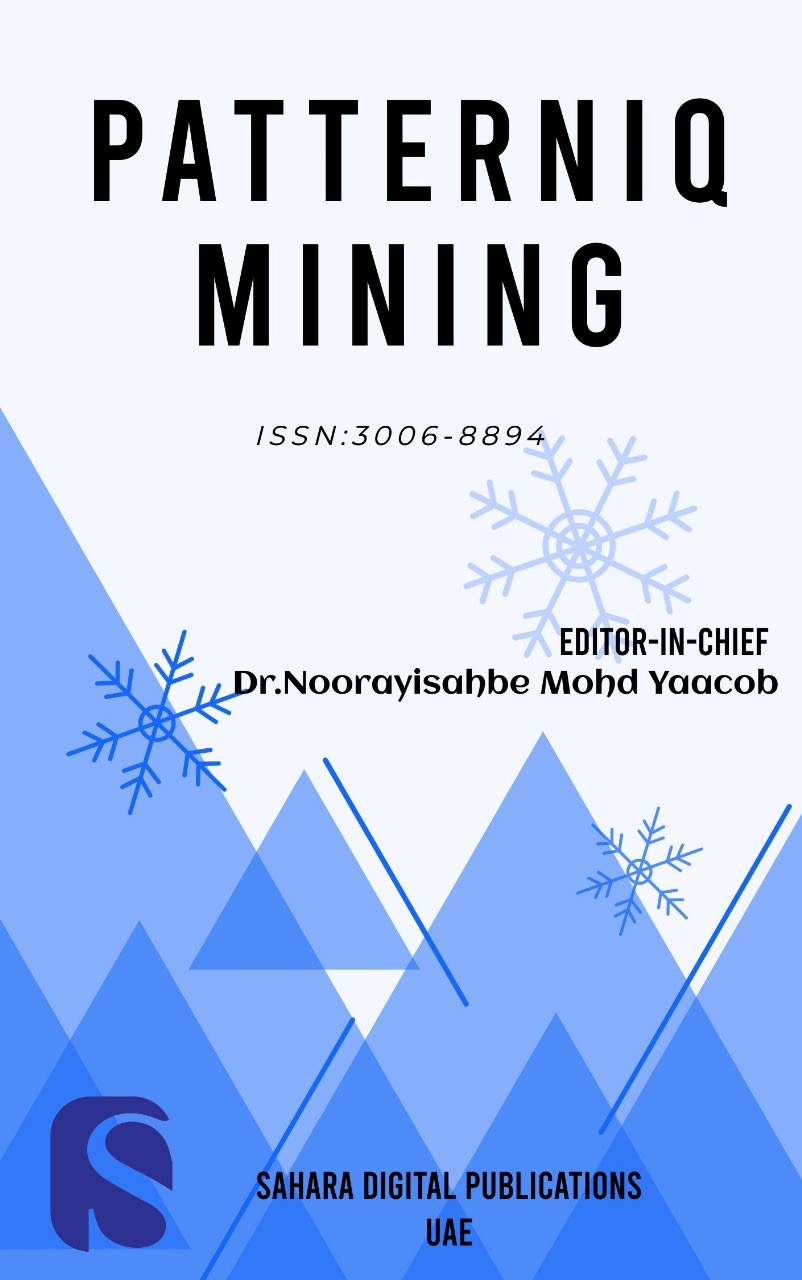Title:Designing Accessible Virtual Reality Interfaces Using Reinforcement Learning for Users with Motor and Sensory Impairments

PatternIQ Mining
© 2025 by piqm - Sahara Digital Publications
ISSN: 3006-8894
Volume 02, Issue 01
Year of Publication : 2025
Page: [1 - 12]
Authors :
Hazza Bin Ahmed and Mohammad alzuoubi
Address :
School of computing, Skyline university college, Sharjah, UAE
College of Computer Science and Engineering, Hail university, Hail - University City, Saudi Arabia
Abstract :
Virtual Reality (VR) technologies offer immersive experiences with education, healthcare, and entertainment applications. However, accessibility for people with motor and sensory impairments is limited, often creating barriers to equal participation. Traditional interfaces lack the flexibility to handle users' differing needs, thus bringing about challenges in usability. The paper proposes ARL-VRI to design adaptive VR interfaces that cater to diverse user needs by leveraging adaptive Reinforcement Learning (ARL) to enhance interaction and usability. The RLbased framework will continue learning from user interactions to optimize control and sensory outputs in VR. It combines gesture recognition, haptic feedback adjustment, and visual enhancement, optimized toward individual capabilities within iterative feedback loops. The ARLVRI approach guarantees that the interface elements of thresholds of input and sensory cues evolve to provide seamless interaction and accessibility for all kinds of users. Key results show a 35% improvement in interaction accuracy and a 40% reduction in task completion time, compared to traditional static interfaces. User satisfaction questionnaires also showed higher engagement and lower cognitive load, mostly for users with motor or sensory impairments. In conclusion, this RL-driven adaptive VR interface has the potential to close accessibility gaps in virtual environments and provide inclusive and equitable experiences for users of diverse abilities.
Keywords :
Virtual Reality (VR), Accessibility, Reinforcement Learning (RL), Adaptive Interfaces, Motor and Sensory Impairments, User Interaction Optimization.
DOI :
https://doi.org/10.70023/sahd/250201
